This Serial Killer Is The Reason You’re Afraid Of Clowns
by claire_linic, 8 years ago |
6 min read
Meet Pogo the Clown, aka your worst nightmare.
The story of the babysitter and the clown statue is one of the most popular urban legends of all time. But what’s even more terrifying is the person behind the clown makeup. Did one of the most prolific serial killers of all time give us a reason to forever fear clowns? Let’s begin with a quick retelling of the urban myth about the babysitter and the clown statue. This story is best told by your cool big sister — but let us give it a shot. The legend goes like this:A married couple asks a babysitter to look after their kids so they can go out to dinner. They ask the babysitter to stay in the guest room upstairs while they’re gone, just in case one of the kids wakes up.
Halfway through dinner, the couple calls the babysitter to check in. The sitter says everything is fine, but is it okay if she covers up the clown statue in the guest room with a sheet or a blanket? She’s always been a little afraid of clowns, and the statue is creeping her out.
The couple pauses, then tells her to grab the kids and leave the house immediately. The sitter does as she’s told. She brings the kids to a neighbor’s house; the kids’ parents meet them there. They look terrified. They apologize to their children for not believing their stories about the clown under their bed, then turn to the babysitter.
“We don’t have a clown statue,” they say.Shortly afterwards, the legend goes, the police arrest a man in a clown costume creeping around the neighborhood with a butcher knife. In the legend, the clown usually turns out to be an escapee from a nearby prison or mental asylum.
The Origins Of The Legend
The clown statue urban legend is relatively new — it was first seen in print in the early 2000s. It appears to have started as a chain email instructing people to forward to 10 friends or else they’d find a clown “statue” in their own bedroom. The legend has also been told over and over again in the online horror community known as “creepypasta.” In real life, clowns almost never commit murder. But fear of clowns — coulrophobia — is rampant in American culture. A poll conducted last year by the news site Vox found that Americans fear clowns more than climate change or even death.The Truth Behind The Clown Face
Our fear of clowns certainly isn’t helped by John Wayne Gacy — one of the most prolific serial killers in U.S. history. Gacy was a small business owner who ran a construction company in the suburbs of Chicago in the 1960s and 70s. The man had a passion for clowns. People in his community apparently liked him a lot; he was known to dress as a character called “Pogo The Clown,” which he used to entertain children at local events. Gacy even had kids of his own.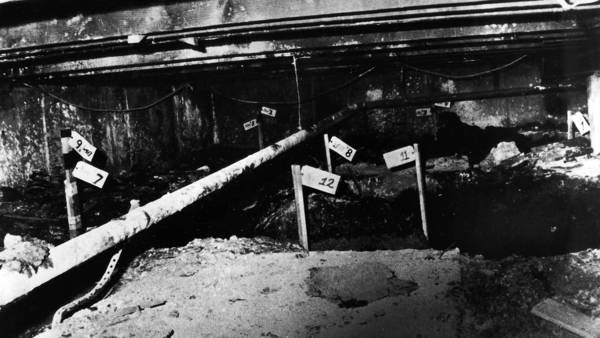

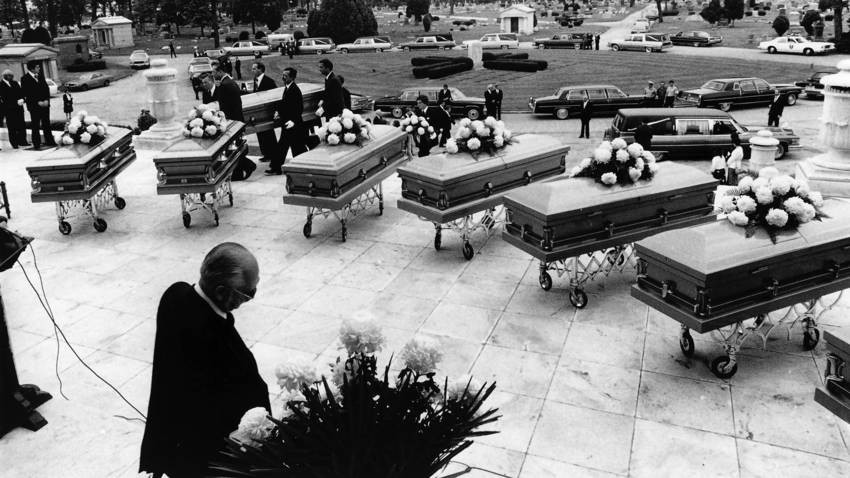

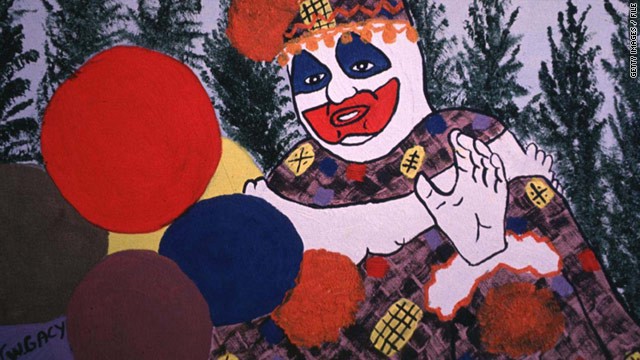
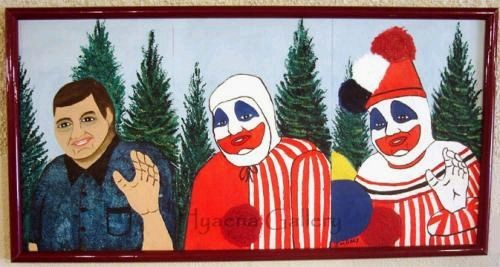
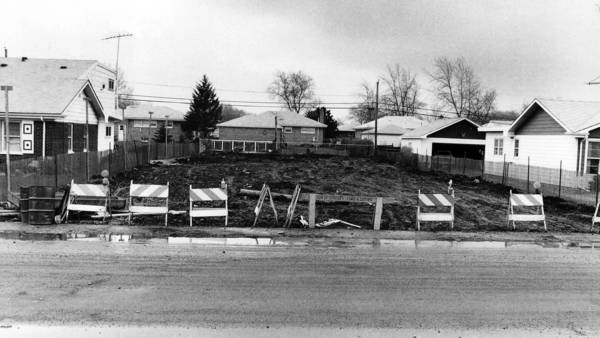
We Don’t Have A Clown Statue & Neither Should You
While it’s still considered a newer urban legend, we can’t imagine it will be leaving any time soon. It’s a classic babysitting horror story with a creepy clown woven in. The clown in our urban legend never hurt anyone — just watched them sleep every single night. Sweet dreams.✕
Do not show me this again
